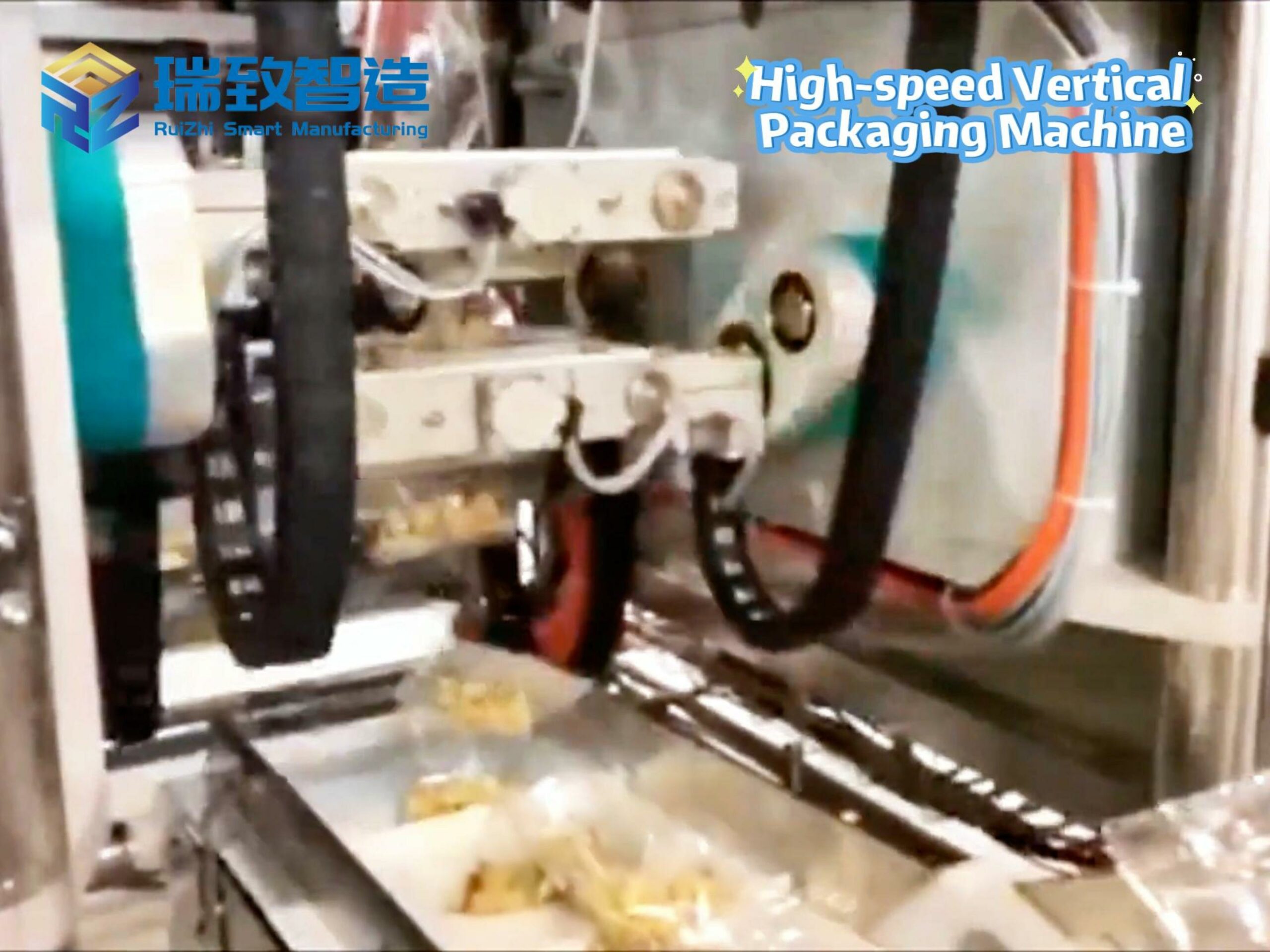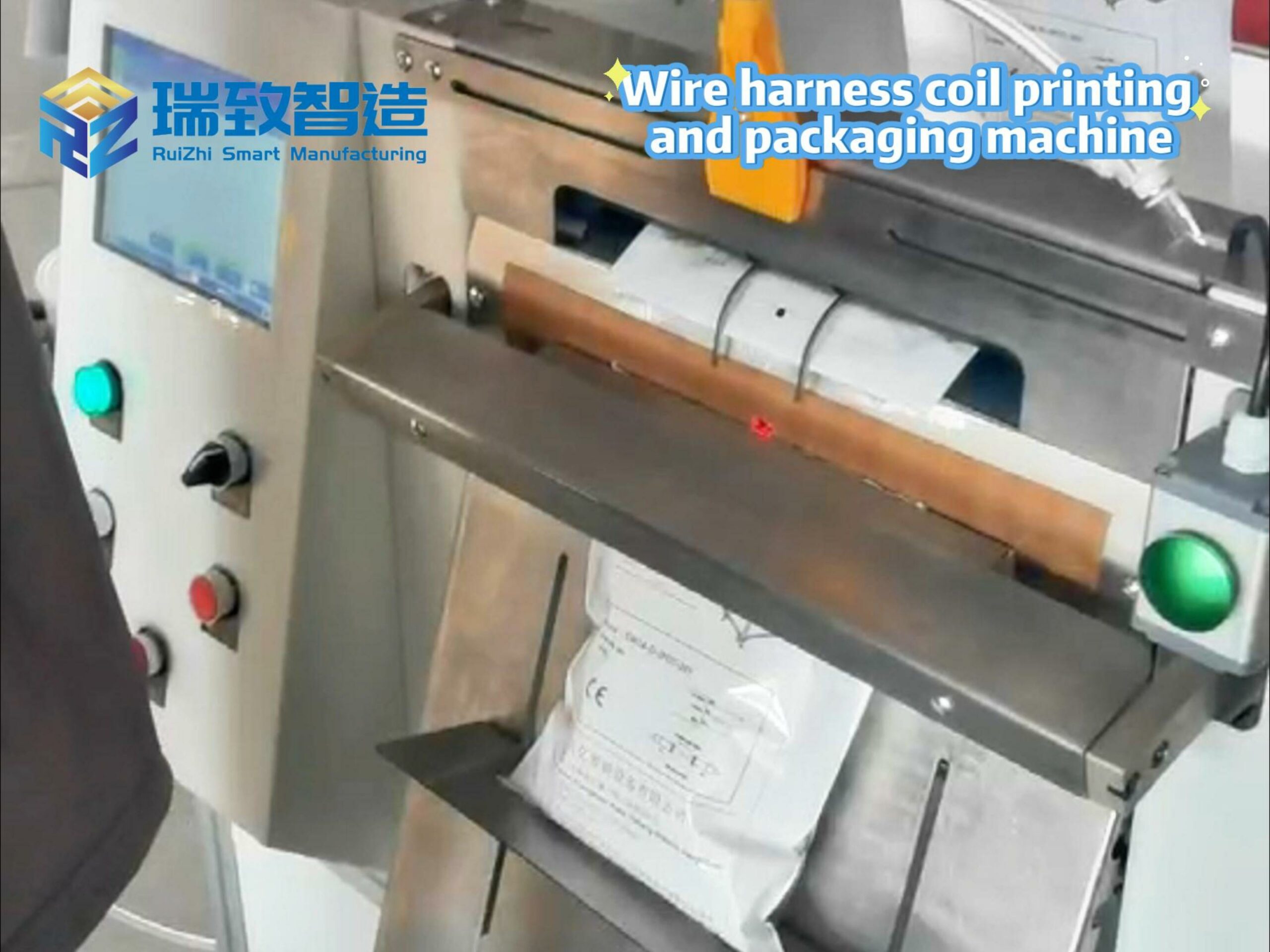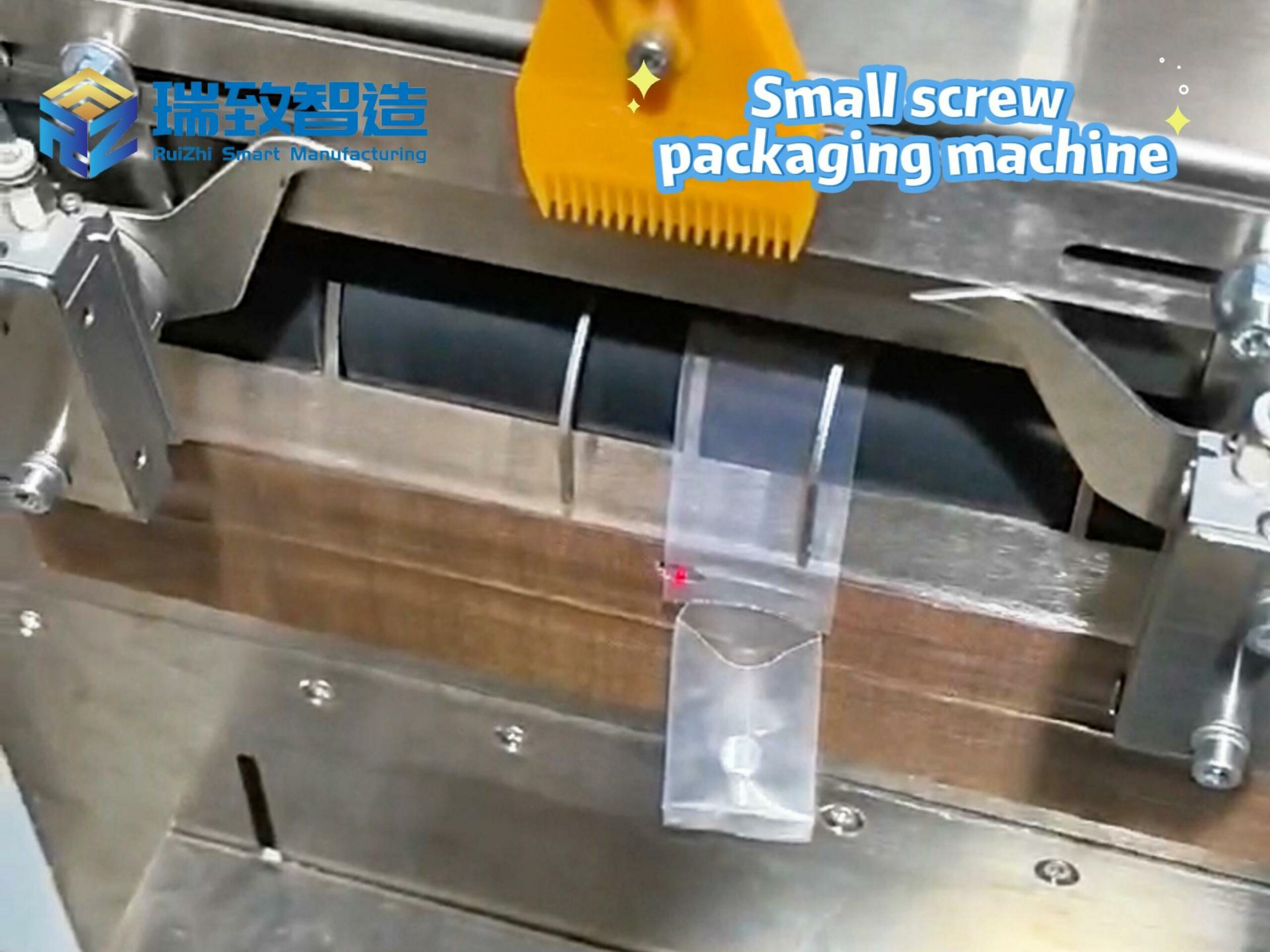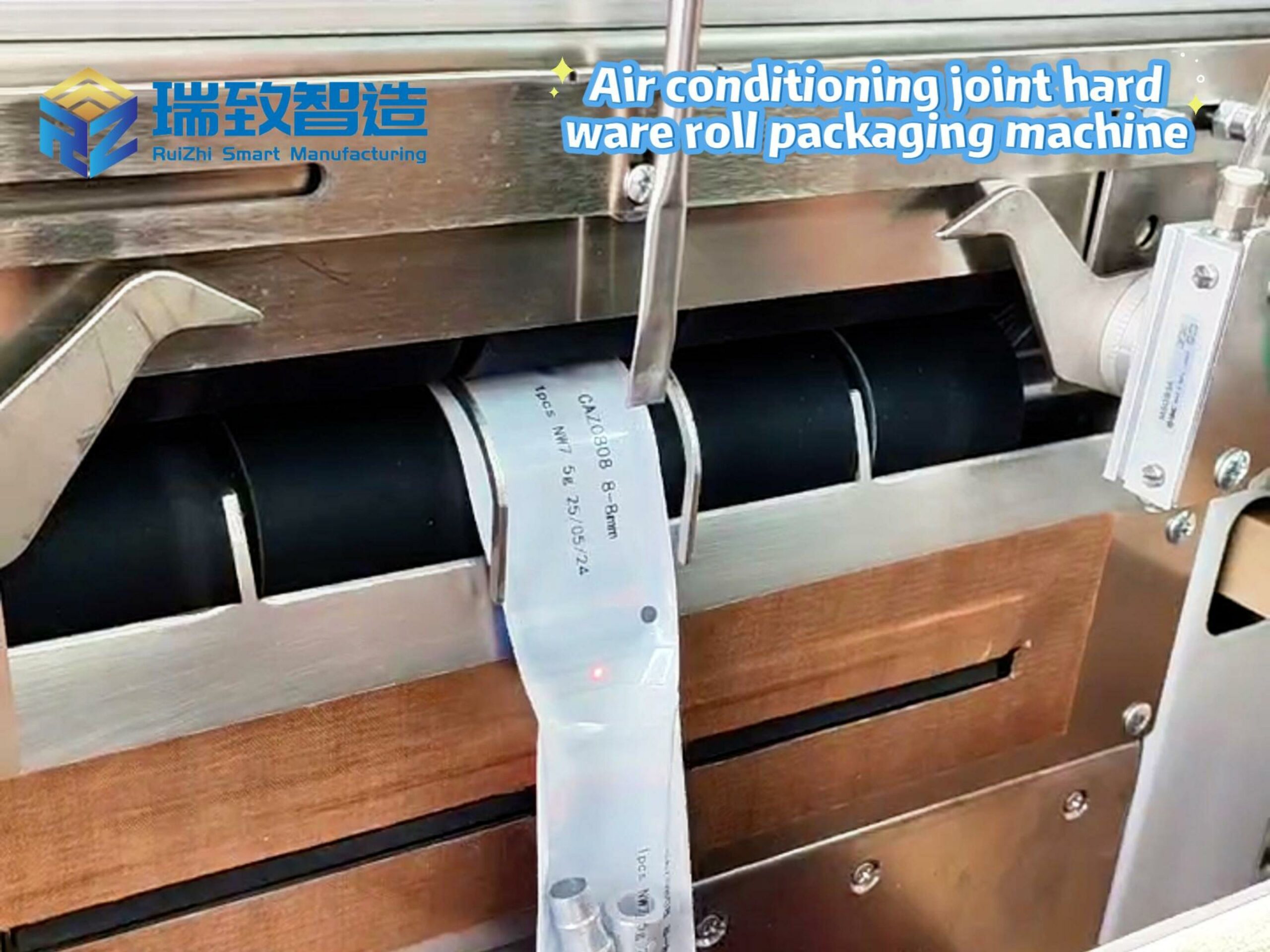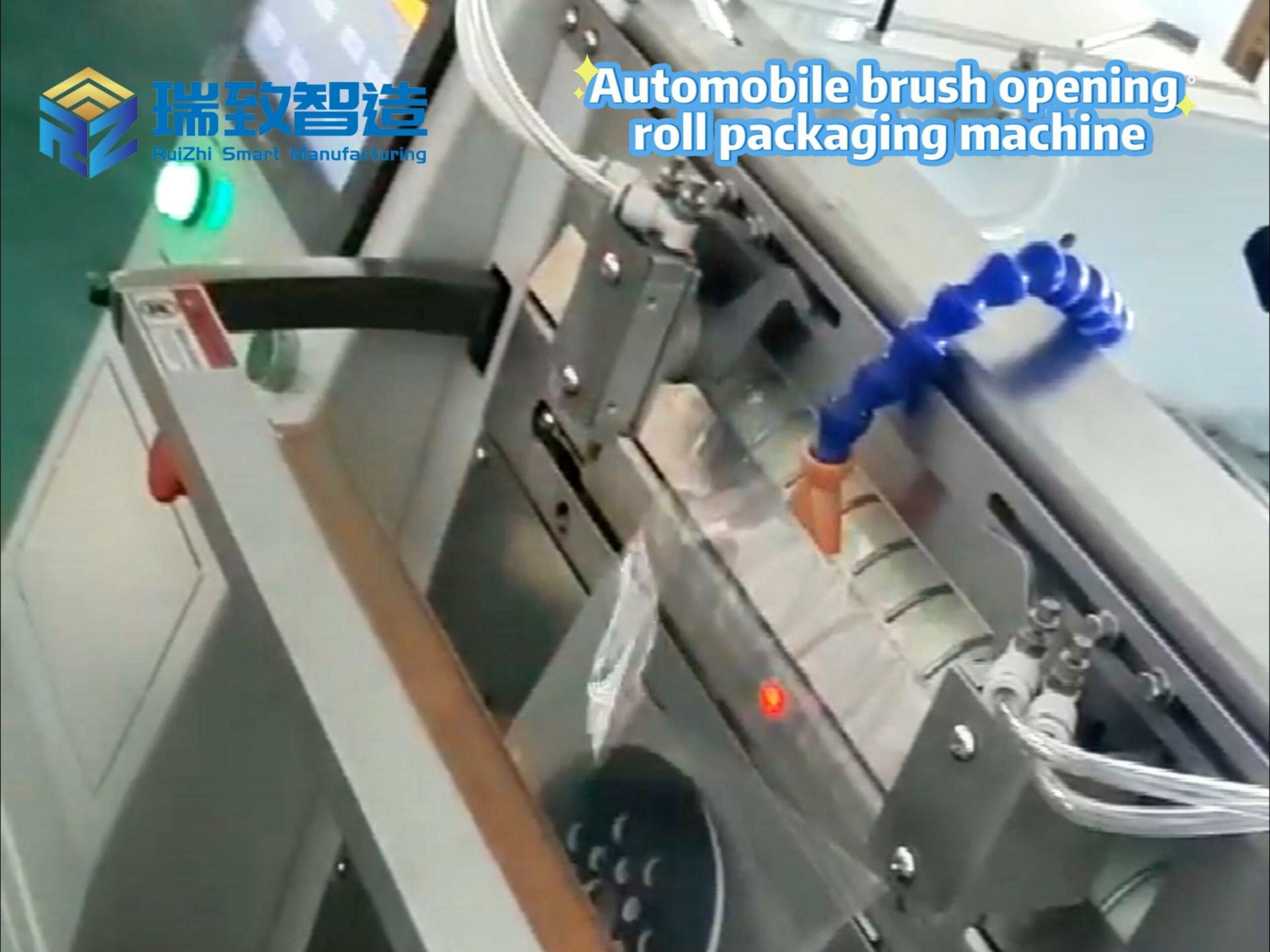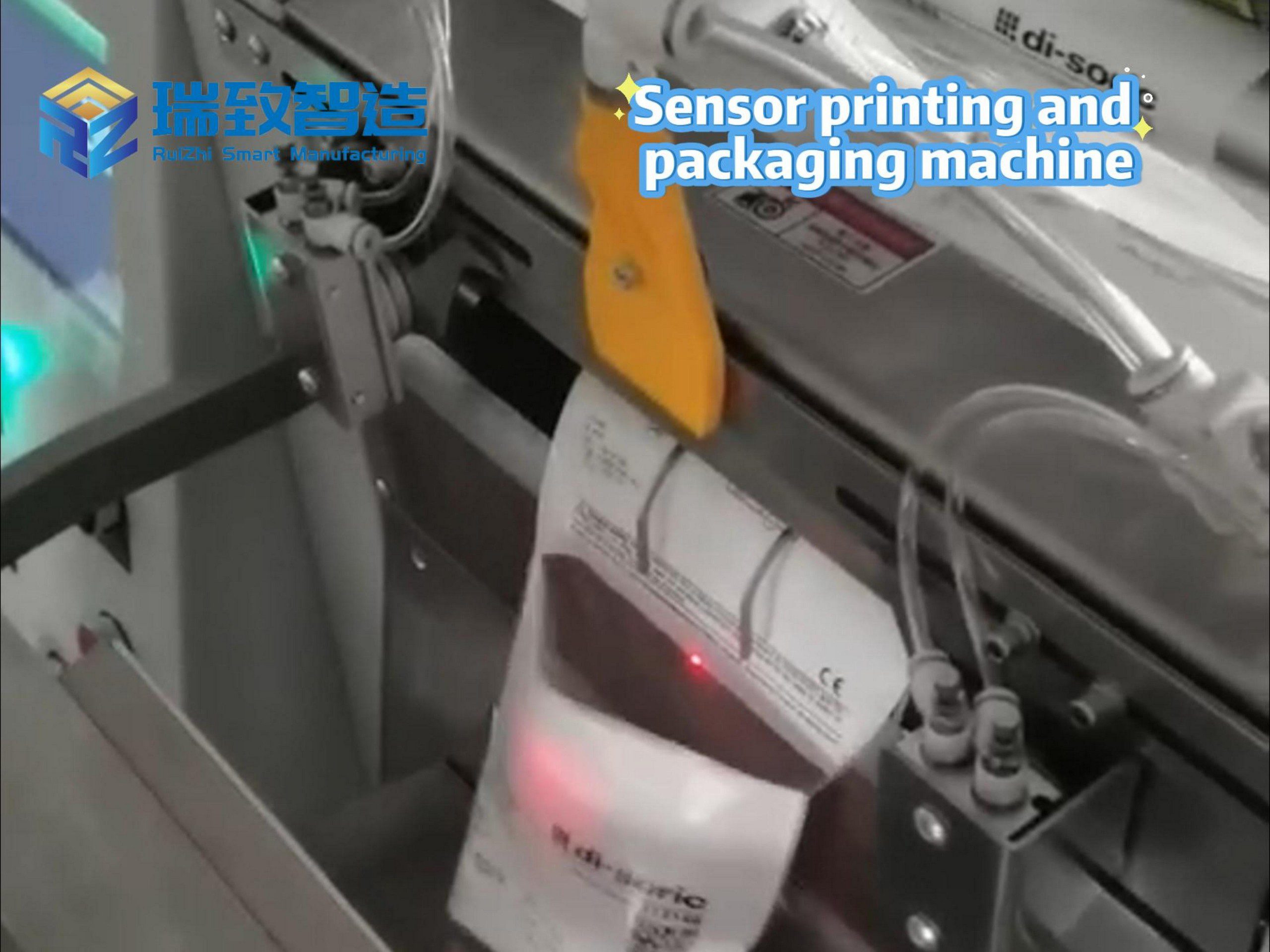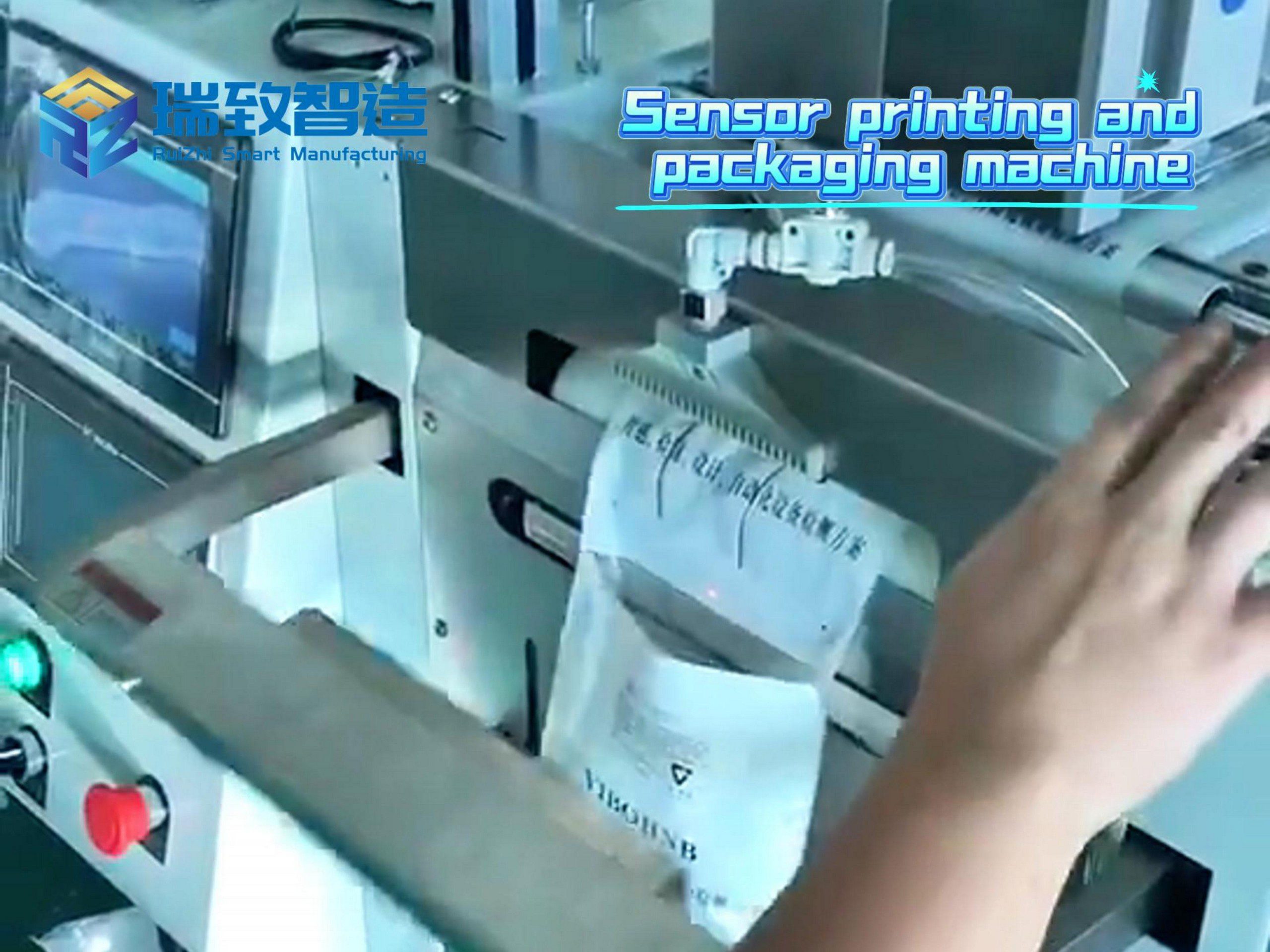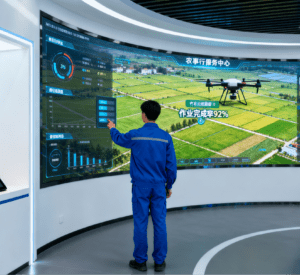
Smart agriculture is a key focus for accelerating agricultural modernization and building a high-level agricultural powerhouse. Recently, the Sichuan Provincial Department of Agriculture and Rural Affairs issued the “Implementation Plan for Vigorously Developing Smart Agriculture”, proposing to accelerate the popularization and application of modern information technologies such as remote sensing, the Internet of Things, artificial intelligence, and big data in the agricultural and rural fields, and to improve total factor productivity in agriculture.
By 2028, Sichuan aims to achieve significant progress in smart agriculture, with widespread application of agricultural information technologies and intelligent equipment. The informatization level in grain and oil cultivation, protected agriculture, livestock and poultry breeding, and aquaculture will be significantly improved, with major breakthroughs in industrial digital transformation. Agricultural production informatization will reach a leading level nationwide, and digital management and service capabilities will be effectively enhanced, providing strong support for building a modern agricultural powerhouse.
Key Tasks in the Implementation Plan
The plan outlines 15 key tasks across three major areas:
- Accelerating Digital Transformation of the Agricultural Industry
In promoting the R&D and application of domestic intelligent agricultural machinery, the document proposes:
Enhancing the research, manufacturing, and service capabilities of “Tianfu Liangji” equipment
Supporting joint R&D of high-end intelligent agricultural and forestry machinery, agricultural sensors, and agricultural robots
Accelerating the maturation and industrialization of newly developed intelligent agricultural equipment
Developing a catalog of recommended technologies based on mature intelligent equipment
Promoting small intelligent agricultural machinery in hilly and mountainous areas of southern and northeastern Sichuan
Integrating Beidou positioning and unmanned driving technologies to advance the “AI+agricultural machinery” model
Promoting applications such as intelligent irrigation systems, pest monitoring, and quality inspection
- Enhancing Smart Agriculture Management and Service Capabilities
For grain and oil cultivation and protected agriculture, the plan proposes:
Establishing IoT monitoring equipment for seedling conditions, soil moisture, pests, and disasters
Building a comprehensive monitoring network integrating satellite remote sensing, aerial remote sensing, and ground sensors
Strengthening farmland infrastructure and promoting intelligent water and fertilizer management
Accelerating the promotion of efficient, intelligent, and green grain production equipment
Popularizing agricultural drones for sowing, spraying, fertilizing, field surveys, and transportation
Encouraging smart farm construction by qualified family farms and cooperatives
Promoting digital integration of farmland, seeds, machinery, methods, and management
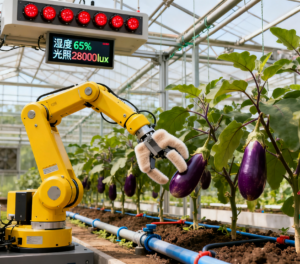
- Promoting Innovative Applications of Smart Agriculture
The plan also addresses upgrading outdated facilities and improving agricultural services:
Digitally transforming old and inefficient greenhouses with intelligent equipment
Supporting new standardized and smart greenhouses with integrated technologies
Promoting intensive seedling factories in major rice and vegetable producing areas
Notably, in the construction and daily operation of these smart greenhouses and intensive seedling factories, Sheet automatic loading robots have become an indispensable intelligent auxiliary device. These robots are specifically designed to handle and load various agricultural sheets—such as greenhouse covering panels, seedling tray substrates, and insulation boards—automating the previously labor-intensive process of material handling. By integrating sensors and path-planning algorithms, they can adjust loading speed and precision according to different sheet sizes and facility layouts, reducing manual labor intensity by over 50%, minimizing material damage caused by human error, and shortening the preparation cycle for greenhouse planting or seedling cultivation.
Establishing a database of greenhouse distribution using remote sensing technology
Creating an agricultural social service information platform for online government services
Building county-level comprehensive agricultural service centers
Encouraging service providers to use modern technologies for precise monitoring of agricultural production

